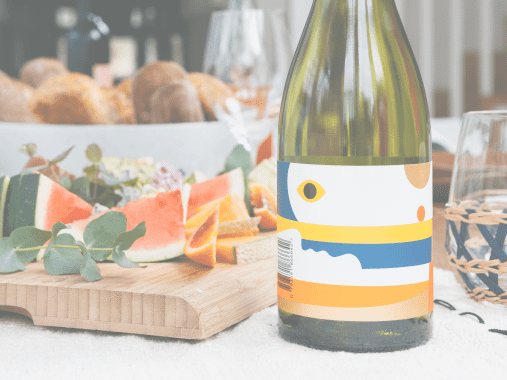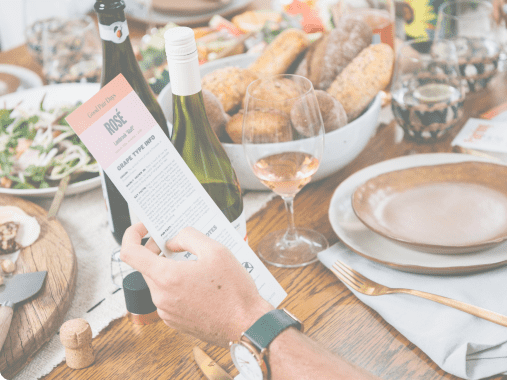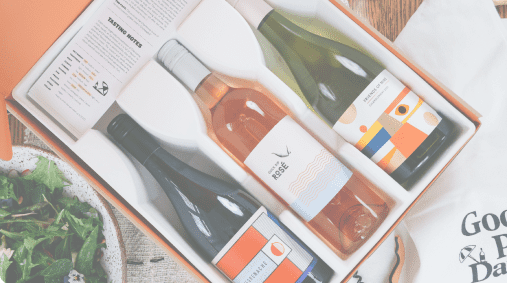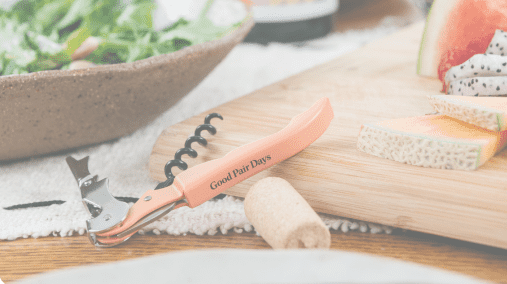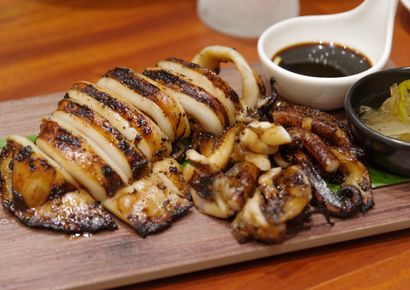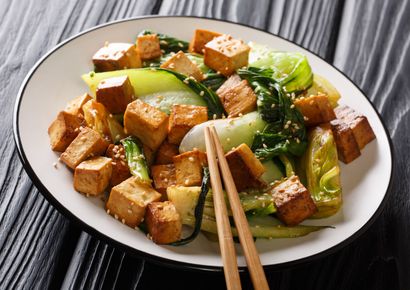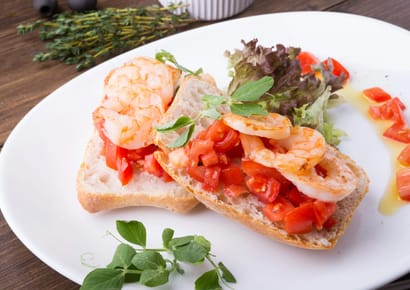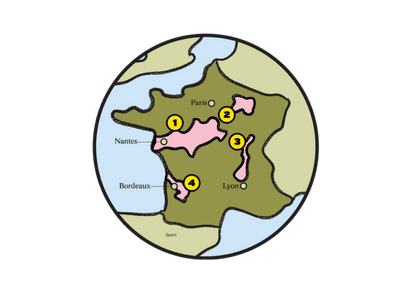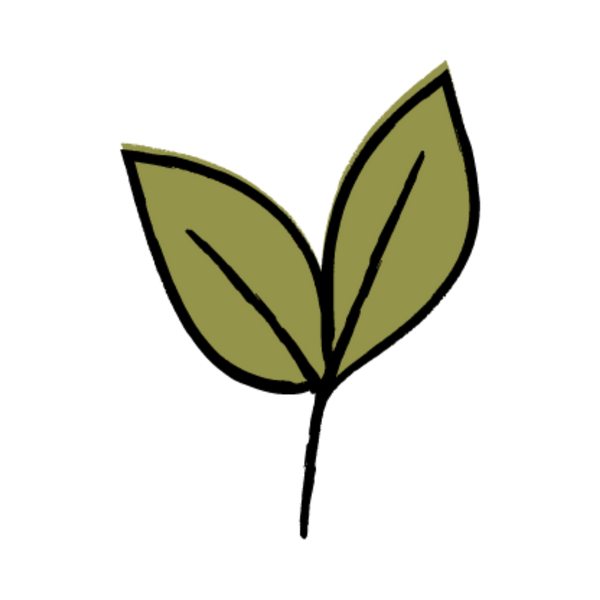Maison Johanès Boubée 'Les Talandières Pays D'Herault' Rosé 2024
Primary flavours

Raspberry

Strawberry

Cream

Savoury
Details
Les Talandières focus on several regions within the broad, sprawling Languedoc wine region. This rosé has been sourced from the Pays D'Herault sub-region and is a mix of Cinsault and Grenache. Together these well-suited rosé varieties have put together a lovely wine with creamy strawberry and raspberry fruit, plenty of silky texture and trademark pale pink colour.
Origin: The spiritual home of rosé is Provence, in Southern France. Mainly Grown In: Rosé is found all over the world these days, but coastal regions are especially well suited to the growing of red grapes for rosé. Key Facts: Rosé is predominantly made from red grape varieties. The colour in wine is actually from pigments found in the skins of the grapes, so even red grapes have clear-coloured juice. The colour is then ‘bled’ out of the skins by infusing the skins into the juice. So for rosé, the wine simply spends far less time hanging out with the skins! Rarely you will find a rosé that is a combo of white and red grapes – they’re not ‘less good’, just less common. Rosé is super versatile – it suits any occasion. Best to always have a bottle in the fridge, just in case, you know… Wednesday happens or something. Fun Fact: Pale pink rosé has become the queen bee among consumers because it has built a reputation for being the lightest and driest. However, just because a rosé is darker in colour, does not mean it is sweet! And some rosé with more colour also has more character, flavour and is just as refreshing.
Origin: The spiritual home of rosé is Provence, in Southern France. Mainly Grown In: Rosé is found all over the world these days, but coastal regions are especially well suited to the growing of red grapes for rosé. Key Facts: Rosé is predominantly made from red grape varieties. The colour in wine is actually from pigments found in the skins of the grapes, so even red grapes have clear-coloured juice. The colour is then ‘bled’ out of the skins by infusing the skins into the juice. So for rosé, the wine simply spends far less time hanging out with the skins! Rarely you will find a rosé that is a combo of white and red grapes – they’re not ‘less good’, just less common. Rosé is super versatile – it suits any occasion. Best to always have a bottle in the fridge, just in case, you know… Wednesday happens or something. Fun Fact: Pale pink rosé has become the queen bee among consumers because it has built a reputation for being the lightest and driest. However, just because a rosé is darker in colour, does not mean it is sweet! And some rosé with more colour also has more character, flavour and is just as refreshing.
Read more
Taste Profile
This wine’s tasting notes.
Sweetness

lowmediumhigh
Body

lightmediumfull
Fruitiness

nonesomelots
Tannins

lowmediumhigh
Acidity

lowmediumhigh
Oak

nonesomelots
Alcohol

low
(under 12%)medium
(12-14%)high
(14%+)
Taste Summary
This wine’s tasting notes are leaning towards light bodied, low sweetness, with medium acidity, some fruitiness, low tannins, low alcohol and no oak.
Specs
Region
Languedoc
country
France
Grape type
Rosé
Wine Maker
Maison Johanès Boubée
Alcohol
11%
Vintage
2024
Cellar period
1-3 years
Production method
Vegan
collection
Pairing guide
The winemakers at Maison Johanès Boubée certainly know their way around a good rosé wine, and this gorgeous release might be the best of the bunch. It’s a great wine for pairing with light lunch options like prawn skewers, quiche lorraine, chicken satay or simple bruschetta platters, and will also match up beautifully with salmon fillets in a cream sauce. Tuna salads, roast chicken with creamy garlic mushrooms, pork chops with a garlic and herb crust, and all kinds of charcuterie and medium cheeses would also work a treat.
Read more
Food

Pizza

Antipasto

Hot & Spicy
Tastes

Crisp
Moods

Bored

Any and all
Seasons
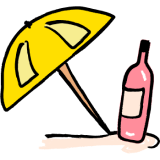
Summer
Recipe Matches
Wine region

Languedoc, France
The Languedoc wine region is located in the south of France, in the Languedoc-Roussillon region. It is the largest wine-producing region in France and is known for its wide variety of wine styles, including red, white, rosé, and sparkling. As a younger region, Languedoc has less restrictive wine growing laws making it a virtual oasis for progressive winemakers. As a result, you may find many innovative, even atypical blends in this region, that represent excellent value. Of the numerous varieties available in Languedoc Grenache, Syrah, Carignan, Cinsault, Mourvèdre, and Viognier are the stand outs. Top producers are known showcasing the unique character of the Languedoc region, including Mas de Daumas Gassac, Château de Saint-Martin, Mas Jullien, and Château d'Angles. Languedoc, watch this space!
Read more









